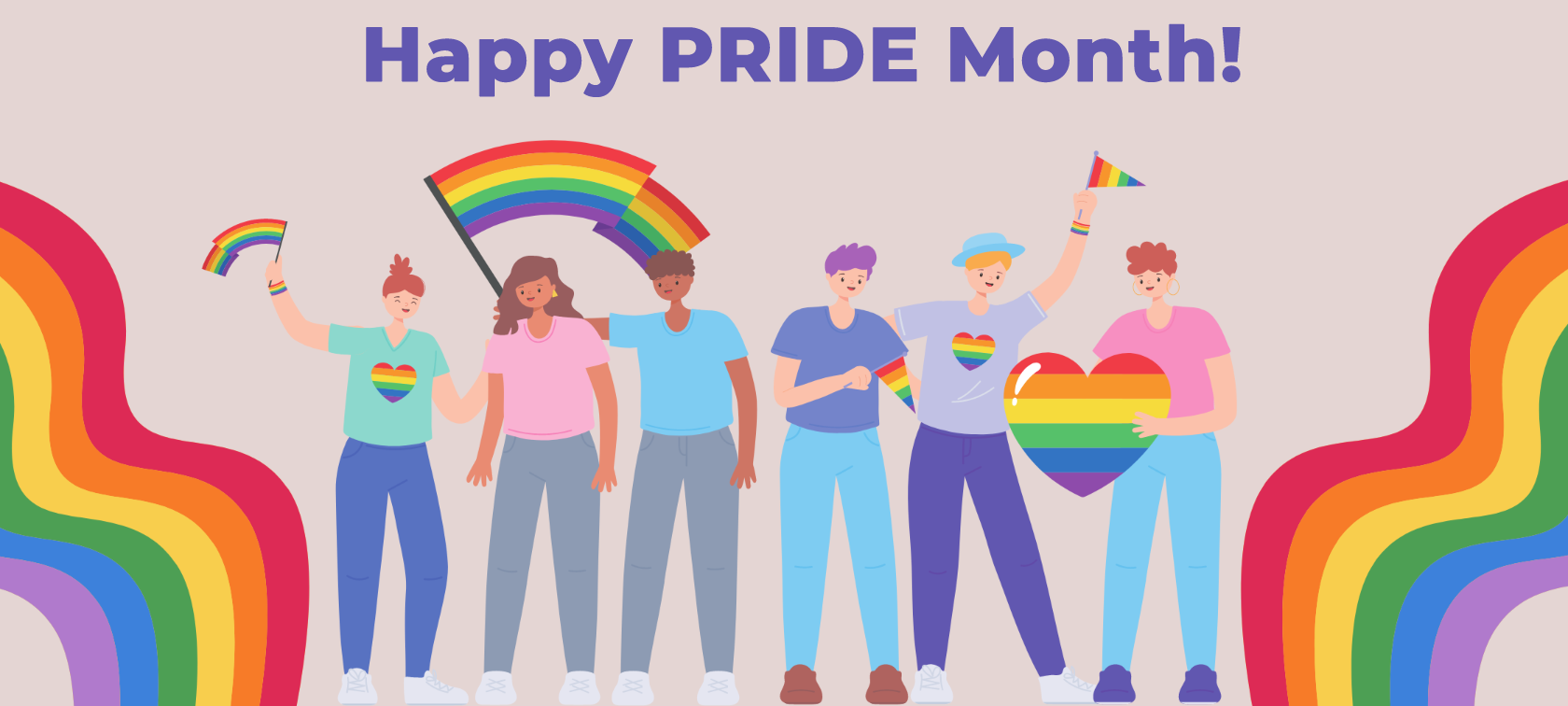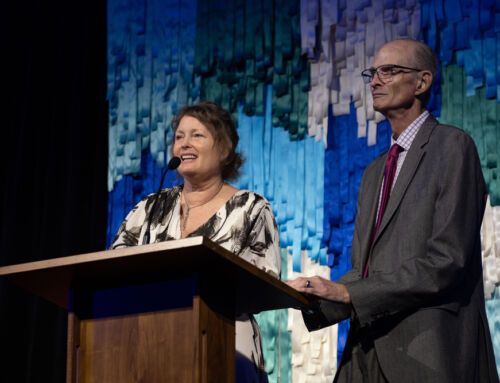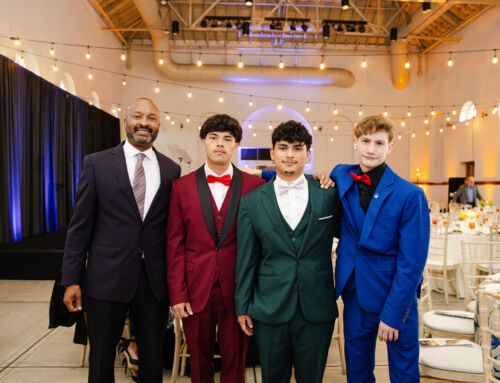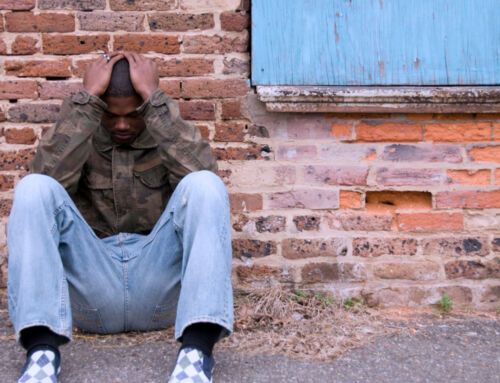
Although Pride month is a time of celebration for the LGBTQ+ community, it is also a time to reflect on the struggles that those in this community — especially young people — continue to face. One of these issues is a continued disparity in rates of homelessness and foster care entry for LGBTQ+ youth.
Helping LGBTQ+ Kids in Foster Care
Some quick facts about LGBTQ+ kids in foster care:
- 31% of kids in foster care self-identify as part of the LGBTQ+ community
- Youth who identify as LGBTQ+ have a higher rate of foster care entry compared to those who identify as straight and cisgender.
- Once in foster care, LGBTQ+ kids are four times more likely to be kicked out of foster homes, abandoned by foster parents, or to run away because of mistreatment.
- LGBTQ+ kids in foster care are more likely to experience harassment, emotional distress, less stability, and more frequent placements often in group homes.
- 40% of homeless youth identify as LGBTQ+
Why are LGBTQ+ kids more likely to be homeless or in foster care?
The unfortunate reality behind these staggering statistics is that kids and teens who identify as part of the LGBTQ+ community often face higher rates of abuse, neglect, and mistreatment from parents and caregivers. This abuse can lead to the child running away or entering the foster care system.
Once in foster care, things often get worse instead of better.
As of 2022, there are only 16 states with laws that prohibit foster care agencies and placements from discriminating against kids based on sexual orientation and gender identity. This means that foster care placements can refuse to house LGBTQ+ kids or subject them to harmful treatments such as conversion therapy.
How can you help?
Educate yourself.
It’s ok if you didn’t now about this issue before today, and it’s even ok if you don’t understand all the terms and nuances of the LGBTQ+ community. It’s never too late to learn.
Here are some helpful resources to get you started:
- Human Rights Campaign – 5 Things You Can Do for LGBTQ+ Youth
- Supporting LGBTQ+ Youth: A Guide for Foster Parents
- Tips for Raising an LGBTQ+ Foster or Adopted Child
- How can child welfare agencies effectively support LGBTQ+ youth in care?
Safe space.
Kids in foster care are more likely to develop post-traumatic stress disorder (PTSD) than kids outside of foster care. And we now know that kids within the foster care system who identify as LGBTQ+ are more likely experience harassment, emotional distress, less stability, and more frequent placements often in group homes which means LGBTQ+ kids in foster care are even more likely to develop PTSD than their peers.
One of the most important things you can for any kids—but especially a kid in foster care—is to help them feel safe. Remember, every child deserves to feel safe and loved, regardless of race, gender identity, sexual orientation, or what their case files says.
Here are some ways to make sure you are a safe space:
- Be a good listener. Don’t interrupt or pass judgment. Remain open: open body language, open-minded, and open ears.
- Let them know that they are cared for and appreciated. Not everyone is comfortable with physical touch, so check before offering a hug or high five, but find a way to show them they are seen and heard that is comfortable for them.
- Don’t try to change of “fix” them. LGBTQ+ kids and kids in foster care are not broken. While they may need extra support and resources, this doesn’t mean they’re bad or that they need to be changed.
Don’t be afraid to ask for help.
Whether you are a foster parent, and adoptive parent, or just someone who cares about kids, there are resources and support systems out there for you to access.
Here are a few organizations who specialize in supporting parents and guardians of LGBTQ+ kids:
- PFLAG
- The LGBTQ+ Center
- Strong Family Alliance
- The Los Angeles LGBT Center
- LA County Department of Children and Family Services LGBTQ+ Youth Services
- Brave Trails
- The Alexis Project
- RISE Youth & Family Services in Los Angeles
- Los Angeles County Youth Commission
Older kids in foster care need you. Visit our Get Involved page to see the many ways you can change a child’s life (and your own).




